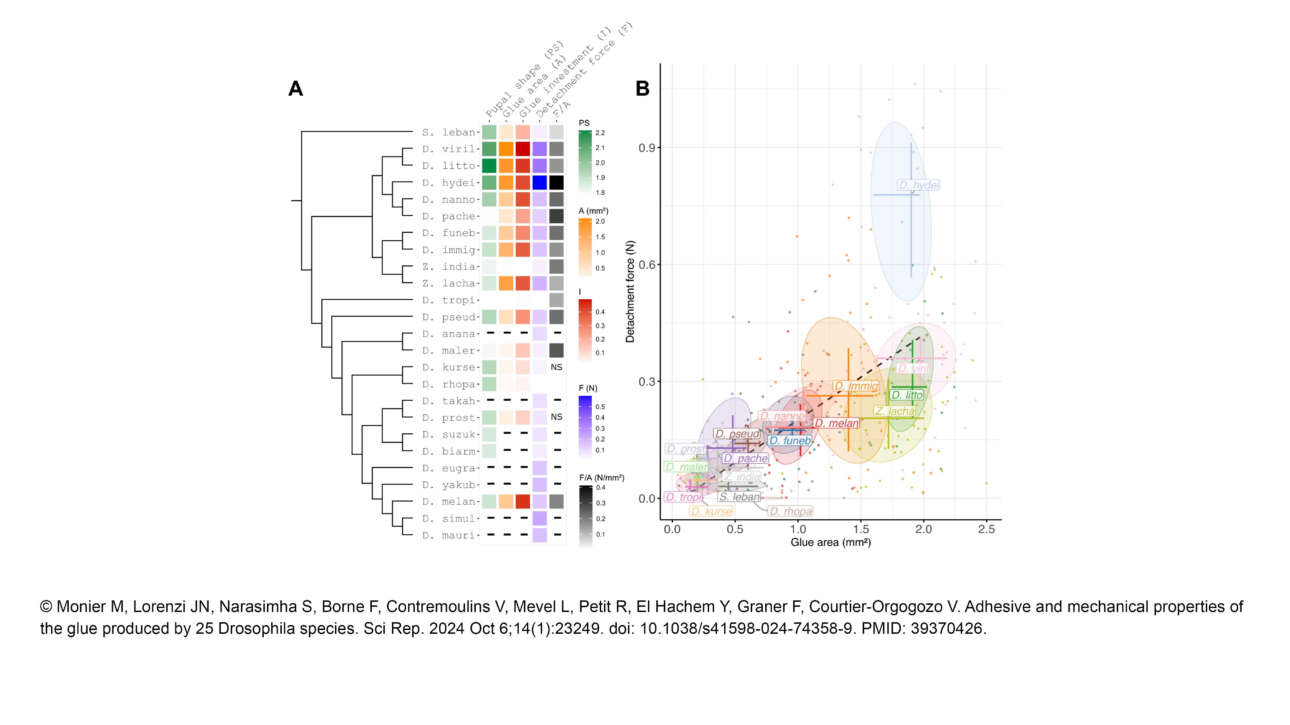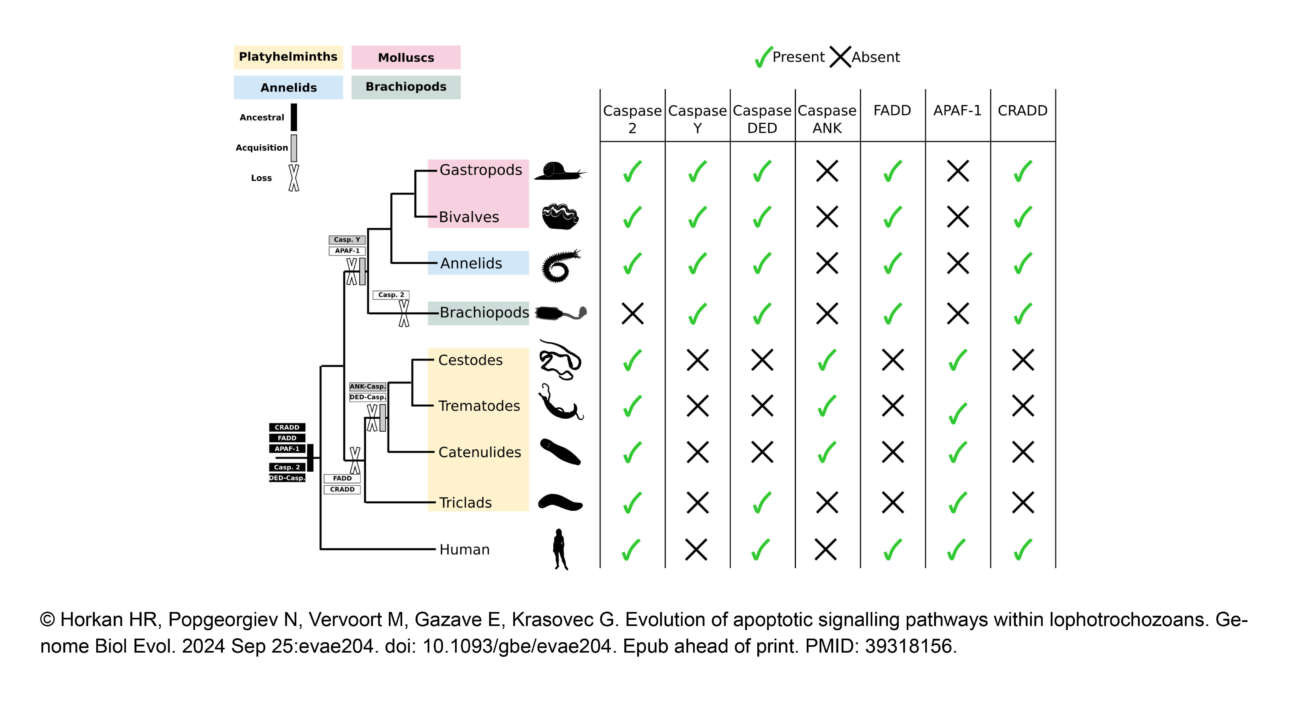L'équipe Courtier a publié un nouvel article dans Scientific Reports :
Adhesive and mechanical properties of the glue produced by 25 Drosophila species
Résumé :
Drosophila glue, a bioadhesive produced by fly larvae to attach themselves to a substrate for several days, has recently gained attention for its peculiar adhesive and mechanical properties. Although Drosophila glue production was described more than 50 years…











